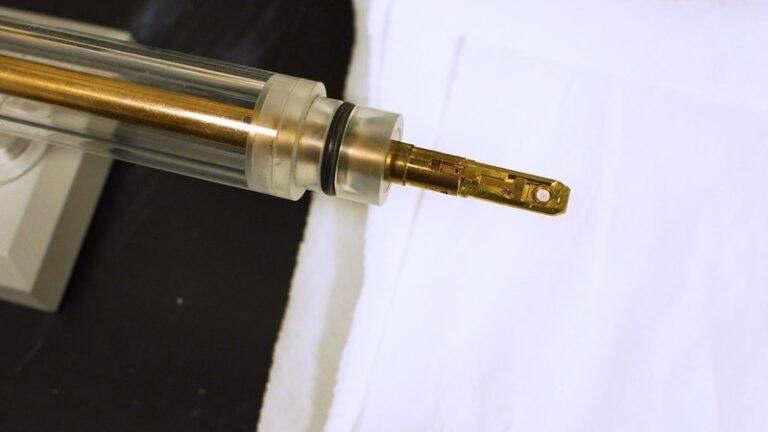Jan 4 2021
The production of clean water at an affordable price could soon become a reality after scientists from The University of Texas at Austin and Penn State resolved a complicated issue that has confused investigators for many years, until now.
 The density of filtration membranes, even at the atomic scale, can greatly affect how much clean water can be produced. Image Credit: Enrique Gomez/Penn State.
The density of filtration membranes, even at the atomic scale, can greatly affect how much clean water can be produced. Image Credit: Enrique Gomez/Penn State.
Desalination membranes help eliminate salt and other kinds of chemicals from water—a process that is crucial for society’s health—disinfecting billions of gallons of water for drinking, agriculture and energy production. While the concept appears to be easy—that is, when salty water is pushed through, clean water exits the other side—it also involves complex intricacies that investigators are still trying to comprehend.
In collaboration with DuPont Water Solutions, the researchers were able to solve a significant feature of this mystery, paving the way to decreased cost of clean water production. The team found out that desalination membranes are not consistent in terms of distributing the density and mass, which can maintain their performance. Nanoscale uniform density is vital to increase the amount of clean water that can be produced by these membranes.
Reverse osmosis membranes are widely used for cleaning water, but there’s still a lot we don’t know about them. We couldn’t really say how water moves through them, so all the improvements over the past 40 years have essentially been done in the dark.
Manish Kumar, [WU1] Associate Professor, Department of Civil, Architectural and Environmental Engineering, The University of Texas at Austin
Kumar has jointly headed the study, the findings of which were recently published in the Science journal.
The study recorded an increased efficiency of 30% to 40% in the desalination membranes tested, implying that these membranes can clean more water and, at the same time, use considerably less energy. That could result in better access to clean water and reduce water bills for both large users and individual homes.
In reverse osmosis membranes, pressure is applied to the salty feed solution on one side. The minerals continue to remain there while the water flows through.
According to the researchers, while this process is considered to be more efficient when compared to the non-membrane desalination processes, it still consumes a huge amount of energy and enhancing the efficiency of the membranes could decrease that load.
Fresh water management is becoming a crucial challenge throughout the world. Shortages, droughts—with increasing severe weather patterns, it is expected this problem will become even more significant. It’s critically important to have clean water availability, especially in low-resource areas.
Enrique Gomez, Professor of Chemical Engineering, Penn State
Gomez has also headed the study.
The National Science Foundation and DuPont, which creates several desalination products, financially supported the study. The seeds were planted when the DuPont team discovered that thicker membranes were, in fact, proving to be more porous. This fact was quite surprising because the traditional knowledge was that thickness decreases the amount of water that could pass through the membranes.
Back in 2015, the researchers worked with Dow Water Solutions, which is currently a part of DuPont, at a 'water summit' Kumar organized, and they were curious to resolve this puzzle. The team, which also included scientists from Iowa State University, designed 3D reconstructions of the nanoscale membrane structure using the latest electron microscopes at the Materials Characterization Laboratory of Penn State.
The team modeled the path used by water via these membranes to estimate how efficiently water could be cleaned depending on the structure. Greg Foss from the Texas Advanced Computing Center helped the team to observe these simulations and a majority of the calculations were carried out on Stampede2, TACC’s supercomputer.
Video Credit: The University of Texas at Austin and Penn State.
Journal Reference:
Culp, T. E., et al. (2021) Nanoscale control of internal inhomogeneity enhances water transport in desalination membranes. Science. doi.org/10.1126/science.abb8518.